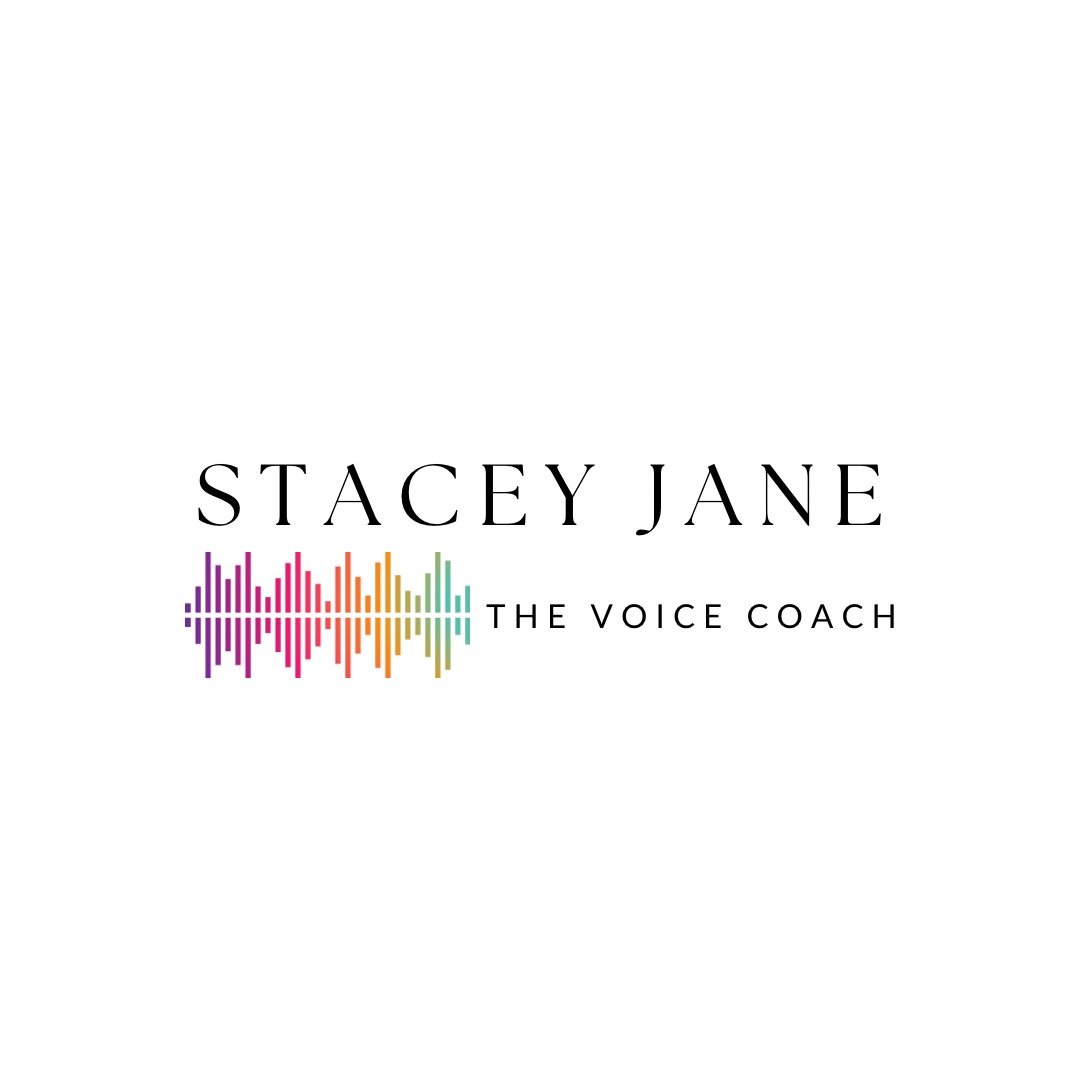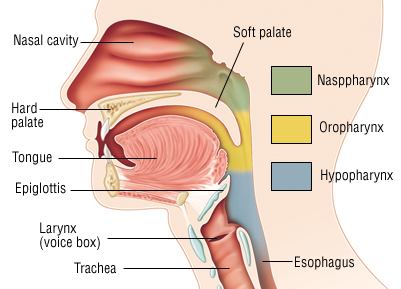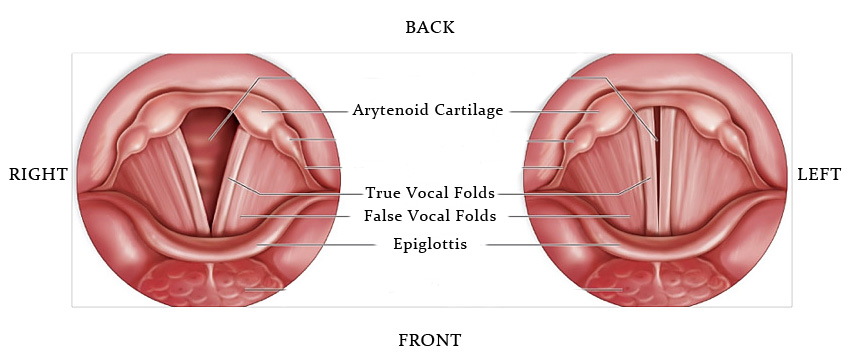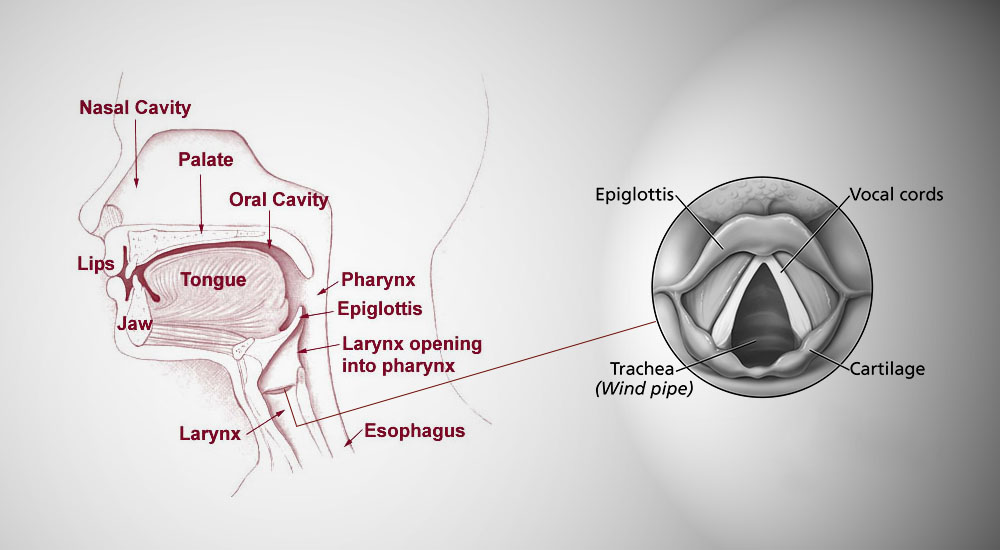Practice with Intention for Singers
Practicing with intention is essential for any singer who wants to reach their full potential, but it can be challenging to know where to start. Here are some tips for how you can practice with intention for singing;
practice with intention
MASTER YOUR VOICE ✌️
Practicing with intention is essential for any singer who wants to reach their full potential, but it can be challenging to know where to start.
Here are some tips for how you can practice with intention for singing
Start With A Goal
Before you even begin your practice session, set a goal that you want to accomplish. Make sure the goal is specific and has achievable steps so that each time you reach the end of your practice session, you have something tangible to show for it. Consider writing down your goals and keeping them nearby while practicing as a reminder of what you’re working towards.
Prioritise Practicing Fundamentals
While it can be tempting to jump right into new songs, prioritizing fundamentals will pay off in the long run. Fundamentals like breath control, pitch accuracy and vocal range can help ensure that more advanced singing techniques will be successful when executed correctly. Spend time ensuring that these fundamentals are solid before attempting more complex pieces and exercises.
Incorporate Visualization Techniques
Visualization is an incredibly powerful tool in any endeavor, let alone singing! Visualizing yourself executing a perfect performance or mastering difficult passages can go great lengths in helping achieve that level of mastery when performance day arrives. Try closing your eyes during practice sessions and seeing yourself executing each step perfectly before actually attempting it with sound.
Take Breaks
Everyone needs rest from time-to-time-even singers! Taking breaks throughout your practice sessions helps prevent fatigue from taking hold. It also gives your voice a much needed rest and ensures that when you come back to practicing again, you'll have energy and focus for the task at hand.
Record Yourself
Record yourself as often as possible during practice sessions so that you can listen back later on and determine what areas need more attention or improvement. Recording yourself provides valuable insight on areas that need work, as well as showcasing improvements made over time–a must if you're trying to track your progress!
Rely On Your Support Network
Don't forget the importance of having a supportive network while practicing with intention—friends, family members, teachers or mentors who understand the process of growth and are willing to give helpful advice along the way make a huge difference when crafting our voices into something extraordinary!
Stacey Jane
THE VOICE COACH
www.staceyjanevocals.com
Actionable Steps for 2021
Top 3 action Steps for 2021
My Top 3 action steps to become more aligned in 2021 with your singing goals
1: Be Habit Oriented:
Not WHAT but HOW
I recommend setting aside some time aside to reflect and write down how you will achieve your singing goals in 2021
Some Questions you can ask yourself are:
How can I achieve my singing goals?
How can I develop good singing habits?
How Do I overcome fear and gain confidence in my singing?
How will I level up as a singer songwriter in 2021?
2: Dont set the bar too high!
Be real with yourself!
Dont put too much energy into things you cant control or that are unrealistic!
Aim high and rise up to the challenge, but don't set unrealistic goals that you know you wont actually achieve.
3: Work on your mindset
This is so important for singers.
Not only is working your voice out so vital, but so is what you tell yourself on a daily basis, which is just as important.
Stacey Jane ✌️💕🎤
The Voice Coach
How to maintain a healthy voice for singers
How to maintain a healthy voice for singers
Not sure how to keep your voice in tip top shape?
Here are some really good tips for you!
Keep hydrated
Why? Keeping hydrated is not only healthy for your whole body but also your voice (your body is your instrument). If you become dehydrated your body is unable to reduce muscus… Ewww. This results in a build up of phlegm that forms in the back of your throat, your nose and can cause coughing, which is a way of your body trying to get rid of this build up. The excess mucus can also cause issues for your respiratory system which in return causes havoc on your breathing and singing.
So Drink up!!!
Sleep zzzzzz
Sleep is an important ingredient in keeping your voice healthy. Try to get at least 7 to 8 hours a night and hopefully you will wake up happy and bright 🙌
Correct Vocal Exercises
Have your ever heard the term practice makes perfect? Well this is not really true.. Why? Well If you practice the wrong vocal exercises for your voice this can actually can make your voice worse?
So how do you know if you are singing correctly and applying the right vocal exercises for your voice?
Have an experienced voice coach, someone who is trained in teaching singing to access your voice correctly. They should have experience as a voice teacher, take a look at their track record of singers, who they have worked with. Can they also teach and sing well enough to demonstrate what they ask of their students?
So don’t just pick a singer who teaches singing. You should find a proper voice teacher with the knowledge and experience in teaching ALL voices types.
Why, because most singers are only going to be able to teach you what has worked for their voice, not yours.. Get my drift!?
Voice rest
So your voice box AKA- The Larynx (where your vocal folds are- where the voice is produced) doesn’t actually ever get to completely rest… This is because the larynx is apart of the body which not only helps us talk and sing, but also keeps us alive! What!! HOW you ask!?
The larynx is a tough, ring like muscular tube, that is a flexible segment of the respiratory tract connecting the pharynx (back of your throat) to the trachea (your wind pipe) in your neck.
It plays a vital role in the respiratory tract by allowing the air to pass through it while keeping food and drink from blocking the airway.
So back to voice rest.. STOP singing all day, no screaming or yelling, no whispering.
Try to maintain a healthy vocal exercise routine.
Some of my students who train with me have a daily schedule, this is usually depends on where they are in their voice development: these are some examples below.
A Beginner Vocalist
Practice; Once every two days- vocal exercises for 10 minutes a day. Then voice rest for the remainder of the day/ evening.
A professional vocalist
Practice; Everyday 30 to 45 minutes of vocal exercises; if working on tour or are in the recording studio; Own repertoire for 1 to 2 hours a day.Then voice rest for the rest of the day/ evening.
And this all depends on where you are in your vocal journey.
Remember NO two voices are the same.
Happy Singing
Stacey Jane The Voice Coach ✌️
Want to know more about your voice?
The Human Voice
The human voice
The human voice is one of the most flexible and smallest instruments in the world.
In the human body, structure determines function. That is the shape and form of a structure determine the manner in which the structure will operate. Thus it is important to understand the anatomy of a structure to understand how it works.
The human voice is one of the most flexible and smallest instruments in the world.
In the human body, structure determines function. That is the shape and form of a structure determine the manner in which the structure will operate. Thus it is important to understand the anatomy of a structure to understand how it works.
The larynx has several important functions. Primarily, it is a respiratory organ controlling the flow of air into and out of the lower respiratory tract. The larynx protects the lower airway from access by anything but air and also has a role in deglutition. The role of the larynx is the primary sound generator.
Unlike songbirds, humans do not possess an organ such as a syrinx, and it is the lack of this special organ that makes technical training in singing a necessity.
The cartilages of the larynx
The arytenoid's find their points of attachment to the cartilages. Since they are located within the interior of the larynx, they are therefore intrinsic. The cricothyroid are attached the outer surface of the thyroid cartilage and they are therefore extrinsic. The intrinsic muscles of the larynx are associated with the respiration; the extrinsic muscles are connected, both neurologically and muscularly, to the process of swallowing. In phonation the two systems must reverse their natural roles and function in a coordinate relationship.
The human vocal mechanism freely functions when there is a great foundation of vocal technique.
Good singing starts from the way in which the instrument is positioned. Whether the singer is tall or short, thin or thick, male or female, structural alignment must pertain. The external frame function of the musculature of head and neck, the position of the rib cage, the relationship of the muscles of the torso to the rib cage and the sternum, and the balance of body dynamic muscle equilibrium are some principles that pertain for all singers.
Similar to the trumpet, which needs the buzzing lips to serve as the oscillator for sound production, the human voice has vocal folds to serve this function.
The larynx, which is commonly, called the voice box, houses the vocal folds and is the primary organ involved in the voice production. It is encased by the ‘Adams apple’ (also called the thyroid cartilage) and sits above the trachea (the windpipe) and in front of the oesophagus in the neck.
What is mix voice?
GOT MIX...
In order for any stringed instrument to function efficiently two elements must be present: one, the vibration of the string creating the pitch, and two, the resonance of the instrument creating tone. Like a piano, violin, guitar, harp, cello, viola, etc, the voice is a stringed instrument and depends on these two functions for proper vocalization.
When the vocal folds come together, the vibration between them creates a pitch depending on the length, thickness, and tension of the vocal folds. This pitch resonates throughout the body, creating the tone of that pitch.
Both of these elements were given equal importance in the original and pure bel canto technique. However, in the late 19th century there was a split within the bel canto world. One group continued on as “bel canto,” focusing more on the resonant portion of the technique and the movement of the resonance behind the soft palate. The other group focused more on the vibration portion of the technique, calling itself “forward singing.” The bel canto group is considered by many today as the style of “classical” singing, and the forward singing has developed into what is more commonly known as “belt” or “broadway belt” singing.
In Mix, we desire to bring the two elements fully back together. “Behind the soft palate” accesses the “head voice” and the “forward singing” brings the vocal folds fully together and accesses the “chest voice.”
By mixing the chest and head voice you receive the full benefits of “both voices”: the natural and powerful sound of the chest voice, and the beauty and range of the head voice. As a singer learns to sing using both of these resonances and trains the vocal folds to stay together, it is possible to vocalize smoothly and evenly from one register to the next.
The relationship of the two elements working together will create an even, smooth vocalization and, as a result, eliminates the “breaks” in the voice. The “break” is the passagio (passage) that occurs in most singers while attempting to vocalize from one register to the next. The “break” is a common complaint among vocalists. Mix, a balanced and healthy approach to singing, eliminates the “break” in the voice.
Depending on how these two resonances are “mixed,” a variety of sounds can be created and all styles of music can be accommodated. A sound that is natural and unaffected throughout the entire vocal range can be used in all styles of singing.














